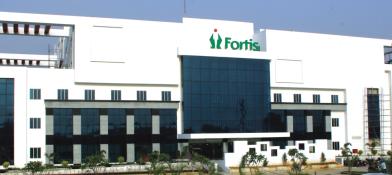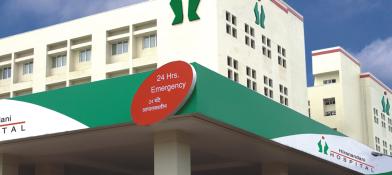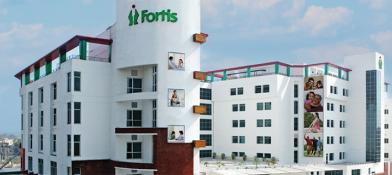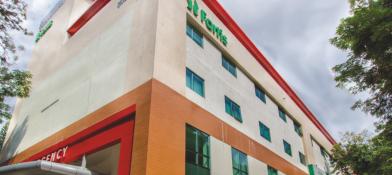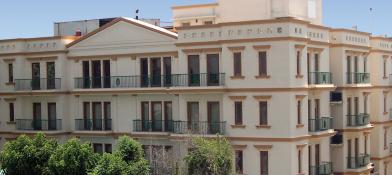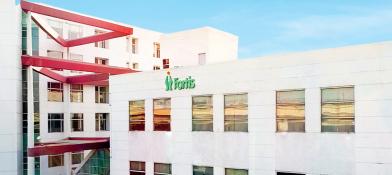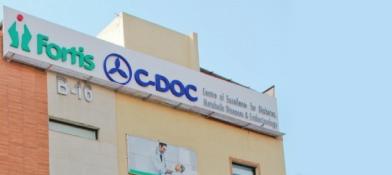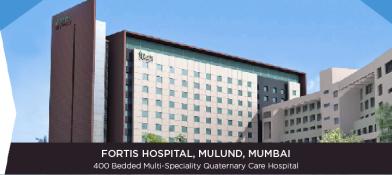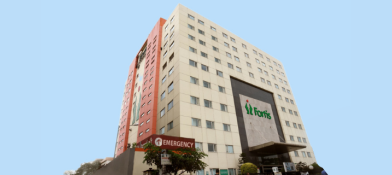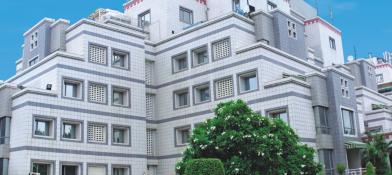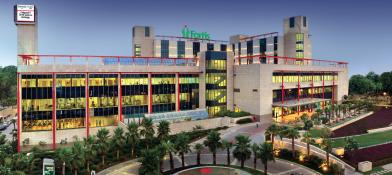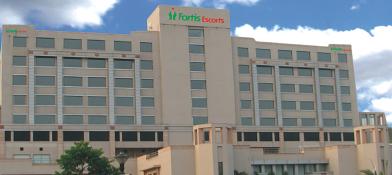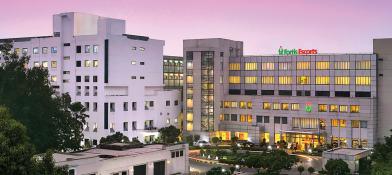Breast lift
What is a breast lift?
A breast lift, medically known as a mastopexy, is a surgical procedure used to firm and raise sagging breasts. During the procedure, incisions are made in the breasts’ natural creases and around the areola to remove the extra skin.
By removing this extra, stretched-out skin, the breast tissue that remains can be tightened and reshaped in a higher position, giving the breasts a perkier, fuller, and younger-looking contour.
To finish the makeover, the areola and nipple are frequently moved and enlarged during a breast lift. In the end, a breast lift seeks to create a more appealing breast form by raising the nipple, shrinking the swollen areola, and removing sagging skin.
Why get a breast lift?
Women might think about a breast lift due to the following reasons:
- The breasts appear extended or flattened against the chest.
- The breasts have sagged as a result of pregnancy, nursing, or aging.
- Their nipples point down.
- They want to level up their breasts after a weight loss or gain.
- They want to boost their confidence and self-esteem.
Risks associated with a breast lift
Scarring: Permanent scars will be left at the borders of the areola, along the breast crease itself, and vertically from the areola down to the breast crease as a result of the incisions made during a breast lift to remove extra skin. The damage is unavoidable. Scars do not entirely vanish, even though they often lighten over a year or two.
Modifications to the sensation of the breasts and nipples: Removing and altering breast tissue can cause nerve damage and change the way the breasts and nipples feel. After a lift, you can feel less sensitive, oversensitive, or other alterations in how they feel. While most changes resolve in six months or less, some loss of sensation may never fully recover.
Asymmetry: Following the surgery, there may be differences in the size, shape, or location of the breasts or nipples, depending on how each side’s breast tissue heals during recovery. If internal scarring pulls the tissue unevenly, one breast might appear misshapen relative to the other.
Infection: Bacteria introduced during recovery or inadequate wound healing might cause infection. Some symptoms of such infections include pain, heat, extreme swelling, pus, an offensive stench, redness, and fever. If left untreated, an infection could worsen and necessitate further surgery or IV antibiotics.
Bleeding: Excruciating bruising and swelling may result from blood clotting at the surgery sites. If severe, it can have a detrimental effect on the outcome and need emergency care.
Revision surgery requirement: Depending on the intricacy of the case, 15–30% of the patients might require additional revision surgery to get the desired results from the initial breast lift if issues such as asymmetry, shifting breast tissue, visible scarring, or deformity develop.
Getting ready for a breast lift
The weeks before your breast lift:
- Schedule a medical examination or lab work
- Give up smoking at least six weeks in advance
- Avoid taking drugs or supplements
- Make home assistance arrangements following the surgery
What to expect during and after the procedure?
- During the breast lift procedure
Incisions performed to remove excess skin: The surgeon makes incisions to remove excess skin, commonly in the area surrounding the areola, in the crease under the breast, and vertically from the areola. Extra stretched-out skin is cut away through these incisions to stop the sagging. The degree of excess and sagging determines how much skin is to be removed.
Breast tissue reshaped and lifted: Breast tissue is raised and sculpted to recreate the breast contour after removing the skin. This is done by lifting the breast tissue vertically to a higher position. To support and mold the reshaped breast tissue into the desired shape with improved proportion and fullness, the surgeon may employ surgical procedures, such as forming flaps of breast tissue or employing dissolvable sutures.
Nipples and areolas repositioned: Over time, the nipple and areola frequently grow and sag downward. The surgeon will move these components further up to achieve a perkier profile and finish the breast lift. To properly align and position the areolas and nipples with respect to your new breast contour, they make tiny incisions.
Incisions closed: Following the desired lifting, repositioning, and reshaping, the incisions are closed, typically using both removable and dissolvable sutures. Dressings, tape, and occasionally drains are used to seal the wounds, reduce swelling, and encourage healthy healing. The entire treatment usually takes two to three hours to complete.
- After the breast lift procedure
Chest bandaged and drains inserted: Your chest will be covered in dressings and bandages to support the breasts and shield the incisions. Drains (plastic tubes) might be implanted in the breasts to avoid fluid accumulation and infection.
Hospital stay for the night: If all goes according to plan, you should anticipate spending one night in the hospital for observation before being released.
Assistance required for 5–7 days: Five to seven days following the surgery, make arrangements for aid at home. This should include having someone to help with dressing changes, drainage tube changes, etc.
Pain medication prescription: Your surgeon will prescribe pain medicine to help with any post-operative discomfort, which should go away in two weeks. Prescriptions for antibiotics may also be given to avoid infection.
No demanding exercise for 4–6 weeks: For a minimum of four to six weeks, refrain from any strenuous activity, lifting, or straining to enable the incisions to seal and promote internal healing. Results could be thrown off by abrupt movements. After two weeks, low-impact exercise might be permitted again.
Results of a breast lift
The effects of a breast lift will be visible within three to six months after surgery. Final results are apparent after one year.
- Incisional scars should continue to fade.
- The contour should be larger and more symmetrical.
- Breasts should be lifted.
- Under the breasts, sag should lessen.
- Nipples point forward.
Breast lifts provide patients’ bodies with more youthful, well-proportioned breast shapes by tightening the breasts and eliminating the extra skin. Consult with your plastic/cosmetic surgeon to determine whether this is the best procedure for you.
The takeaway
A breast lift can raise sagging breasts and restore a more youthful appearance by eliminating extra skin and tightening the breast tissue. However, you should carefully consider your aims against the potential side effects of the procedure, such as scarring, alterations in feeling, and surgery risks. With your plastic surgeon, go over all the benefits and drawbacks in detail to decide whether the dangers to your health will outweigh the anticipated outcomes. You can have firmer, more proportionate breasts after a lift if you maintain reasonable expectations and adhere to all pre- and post-operative care guidelines.
FAQs
- How long does it take to recover after a breast lift?
Recovery takes anything from six weeks to six months. Most of the discomfort and swelling go away after two months. But, a two-week absence from work might be warranted, followed by four to six weeks of activity restrictions. When the swelling totally subsides six months after surgery, the final effects become apparent.
- How painful is breast lift surgery?
After the surgery, there is a lot of discomfort for the first few days, but it gets better every day. You should only experience slight soreness two weeks after the procedure. Prescription drugs help control pain while recovering.
- Do you have scars after a breast lift?
Yes, scarring is unavoidable because the extra skin is removed by cutting. On the other hand, scars left by the incisions typically dissolve nicely. One to two years after the treatment, they ought to keep getting better and softer.
- Is there an age limit for breast lift surgery?
Although there isn’t an age restriction, skin elasticity, which affects the surgery’s outcomes, usually starts to decline in the mid to late thirties. It’s usually best for teens and twentysomethings to wait since their skin might naturally retract.


